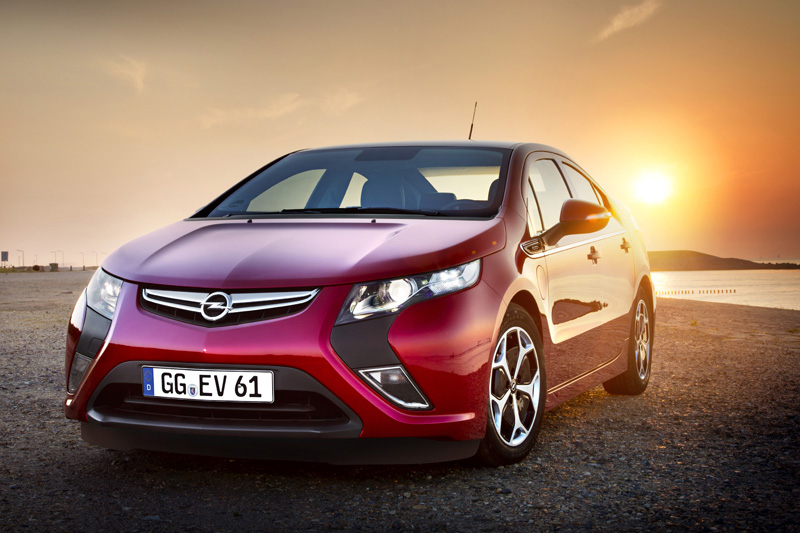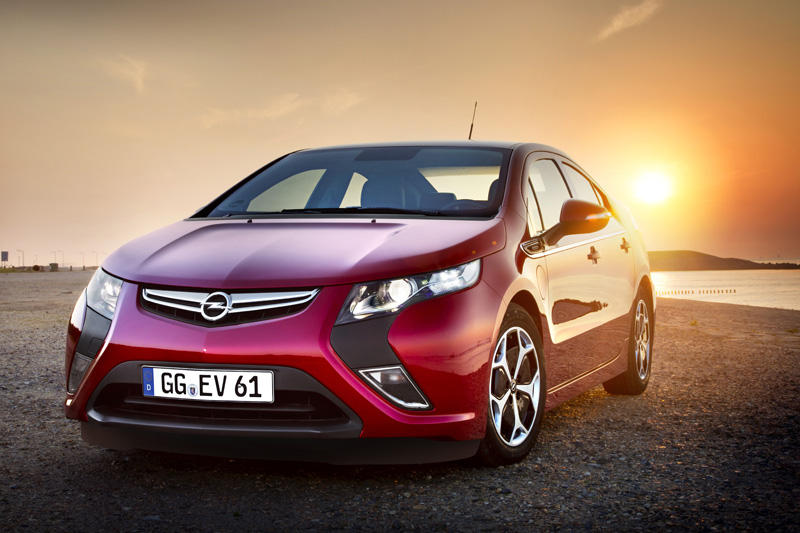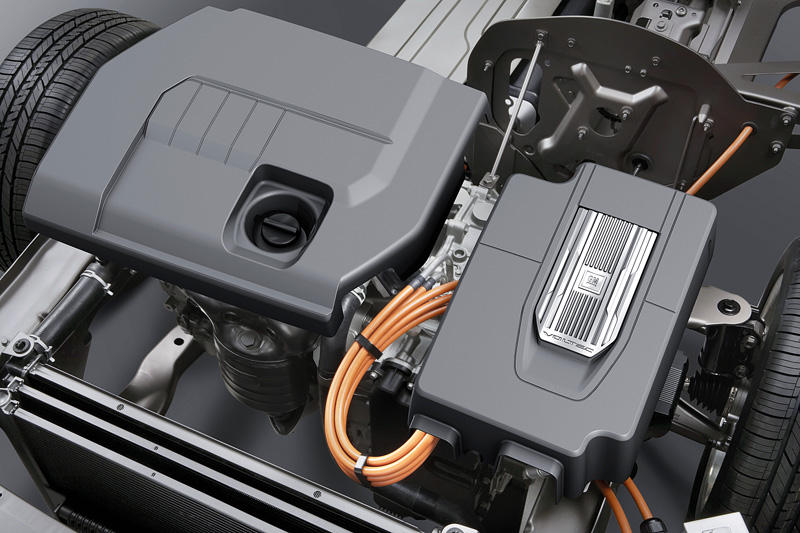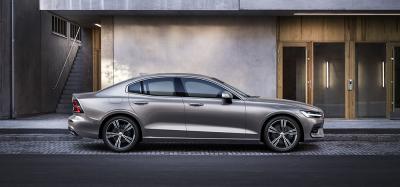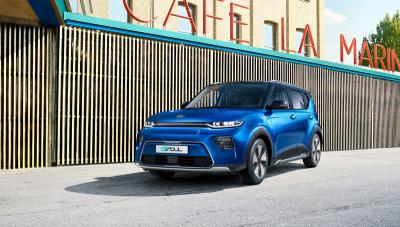ANYONE who has a positive view of times to come has to be believe that tomorrow’s mobility must be really eco-sustainable, in harmony with the environment and in synergy with renewable energy. Today, in this temporal middle-earth, where it is difficult to give up ancient global interests that bind traction to petrol, where the automobile industry advances slowly towards clean engines, hybrid cars – with two engines, internal combustion and electric – are finding the increasing consensus, not only of the smaller public of avid environmentalists, but also of an ever-growing number of users who have been won over by the efficiency of the automobile industry’s most modern models.
Having gone beyond the first industrial stage of the immediate past, when electric propulsion combined with the need for mobility had to come to terms with restricted autonomy, high selling prices and styles that were frequently dedicated to intransigent efficiency with only a few concessions made to elegance and harmony, the range of hybrids currently in production are undoubtedly appealing, so much so that they have rapidly, and rightfully, become some of the most coveted cars in the global market.
This is the case of the Opel Ampera, the German hybrid conceived in America (a European version of the Chevrolet Volt), which was first presented at the Paris Motor Show in 2009 followed by the definitive version at the Frankfurt show in 2011. Since the end of last year it has been on the roads of the Old Continent and has met with the widest commercial success and confirmation that it is the most popular and bestselling electric car. Certainly not a second car only for urban use, but a genuine alternative to the one and only family car that is flexible and can be used anywhere.
Ecology for four
The bold coupé-style silhouette created by the Group’s stylists fully embraces the most modern rules of aesthetics to give the 4.5-metre long, 1.79-metre wide and 1.44-metre high 5-door saloon a sinuous shape that is a long way from the futuristic and difficult to digest excesses of rotundity. With incorporated double boomerang headlights that continue the feeling of being part of the Opel family, the front follows a particularly high centre line to the steeply sloping rear window – which might cause some embarrassment for taller passengers sitting in the two rear seats.
External aesthetics reveal little of the mechanical characteristics that decree its exclusiveness, but when you get inside the Ampera you are immediately aware of the permeating interaction of its electronic controls. All the instruments and controls are displayed on two large, high definition touch screens - the Driver Information Center (DIC) - with data on fuel and battery charge, navigation, electronic climate control, infotainment and voice commands for the Bluetooth telephone interface. Four seats for the same number of passengers – the fifth seat has been sacrificed to make room for the central battery housing. A layout that is reasonably spacious, even in the boot, which has a capacity 310 useful litres that can be extended to 1050 by folding down the seats in the second row.
Under the cabin, in a lowered position to improve weight distribution and the barycentre, a T-shaped battery pack includes 288 latest-generation, 16 kWh, liquid-cooled prismatic lithium-ion batteries that are guaranteed for eight years or 160,000 km. An energetic heart that distributes power and is also recharged from multiple sources: from the petrol engine, primarily, also located under the bonnet, which cuts in before the batteries are completely discharged; from brake energy regeneration for range optimization shown in a graph on the central display in the cabin; lastly, from the domestic socket, which can be programmed to take advantage of cheaper night-time rates.
Whether in Zero Emission Vehicle mode on urban routes, travelling briskly on provincial roads, or at speed on long motorway trips, the Ampera’s dynamics do not betray the originality of the project. The underbody platform is part of the self-supporting chassis that is connected to the independent front suspension with aluminium struts and hydraulic shocks, and the semi-independent rear suspension with torsion bar, which, in addition to the advantage of taking up less space, also provides constant convergence control. Without straying too far from the wider range of traditional products, the wheels and tyres have been reduced to standard equipment of just one model of 7j x 17 aluminium alloy rims and tyres with low rolling resistance in the 215/55 size. The only alternative is the possibility of equipping the hybrid with 205/60 R16 winter tyres .
Hybrid or electric?
By definition, a hybrid car has two motors, in this case electric and petrol, which are used either alternately or together. In the cars made to date, the petrol motor is predominant with the electric motor, in the majority of cases, being used to help acceleration or for the dual traction of the axle that is not being driven by the petrol motor, with the electric mode alone being used only for short trips in the city.
But the Ampera can be said to be an advanced hybrid powered exclusively by the Voltec electric motor that ensures a maximum of 150 HP and a torque of no less than 370 Nm (the same as a high-performance turbo diesel engine) from standing and with the instant delivery typical of electric motors. They are values that give the Ampera acceleration of 0-100 km/h in about 9 seconds and a top speed limited to 161 km/h, enough to guarantee a lively drive, speed for long distances, quick response for overtaking and a total range of over 500 km, from 40 to 80 km of which (depending on the speed and frequency of accelerator use) on the electric batteries only, which means enough to meet the daily travelling needs of 80% of Europe’s drivers. The recipe? The small, four cylinder, 86 HP, 1.4 litre petrol engine is nothing more than a generator for recharging the batteries, which cuts in before the batteries go flat. Which means, on average, consumption of just 1.2 litres of petrol every 100 km and CO2 emissions of 27 g/km. But this could even be zero if the batteries can be connected to a 230 V 16 A domestic supply. In which case, a “fill up” takes exactly four hours of waiting patiently and it will be ready once again for another day of travel with low emissions, which, needless to say, is contributed to by specific tyres with low rolling resistance that offer grip, comfort and handling, and minimize friction with the ground.
